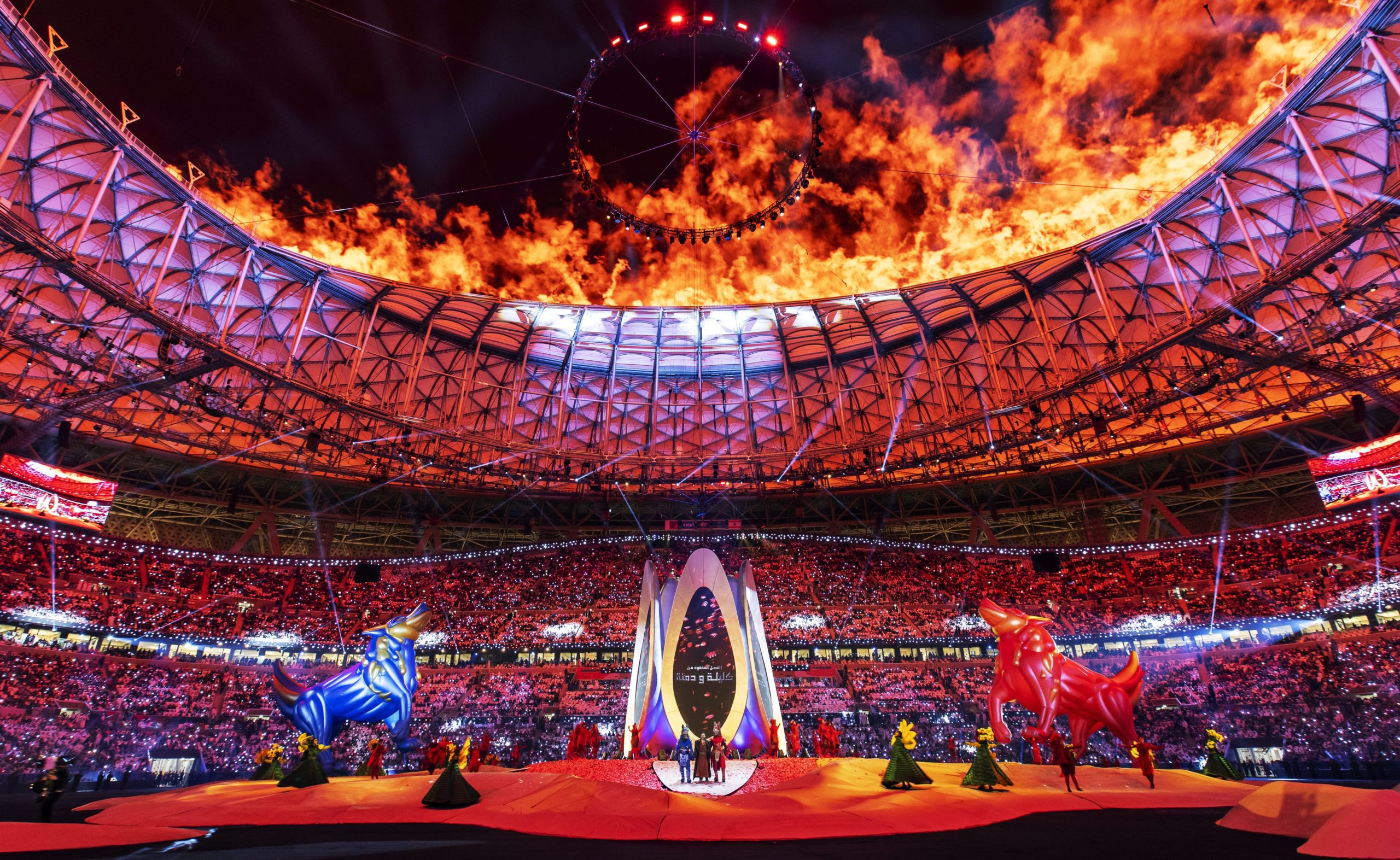The MENA’s entertainment industry, valued at $41.13 billion in 2024 and growing at 9.41% CAGR, is undergoing a transformative shift driven by rapid technological innovations. For instance, Infinity des Lumières in Dubai Mall is the largest immersive digital art center in the GCC, offering multi-sensory journeys through digital animations. At the same time, Art Dubai Digital showcases a diverse range of digital artworks, bridging the gap between art and technology. The rise of 5G technology is expected to enhance these experiences further, enabling higher-quality virtual tours and more interactive digital art installations.
This leads us to the question: What are the key trends and prospects in the MENA multimedia industry?
1. The Rise of Digital Storytelling
Digital storytelling is a significant MENA trend driven by the relationship between technology, creativity, and storytelling. Audiences crave well-crafted stories where multimedia enhances the narrative, requiring more than high-quality animation or technical tools.
Institutions like the Louvre Abu Dhabi exemplify this balance. They employ advanced multimedia technologies to create rich narrative experiences that engage visitors on multiple levels, including interactive displays, augmented reality experiences, and digital guides.
Similarly, the Dubai Frame offers a multimedia experience that tells the story of Dubai’s past, present, and future. The museum inside the Frame uses immersive video, interactive displays, and augmented reality to bring the city’s history and vision to life.
Following the boom of animated art exhibitions featuring impressionist painters, there is a noticeable shift as people seek new and diverse experiences. Even major production studios are expanding their storytelling techniques, incorporating various themes and narratives. For instance, the multimedia exhibition on Tintin, a European cartoon character, has been a huge success. The future lies in those utilising technology to tell more engaging and diverse stories.
2. Transforming Cities through Immersive Light Installations
Large-scale events with various technologies are gaining popularity. The Light Festival at Manar Abu Dhabi showcases new commissions, site-specific light sculptures, projections, and immersive artworks by local and international artists.
At the same time, the Noor Riyadh Festival is an annual citywide event celebrating light and art. It features a world-class exhibition and a public program with workshops, talks, and performances. The festival combines the finest light artworks from leading international and Saudi artists, covering any light art festival’s largest global city footprint.
3. The Convergence of Metaverse and AI-Generated Art
The integration of metaverse concepts and AI-generated art represents the cutting edge of technological innovation in the sector. These technologies create ‘phygital’ experiences, blurring physical and digital realms and offering new ways to engage audiences.
The Madrid Artes Digitales (MAD Museum) partnered with Sila Sveta to open a special immersive exhibition, The Legend of the Titanic. They recreated the history of the Titanic, allowing visitors to explore its construction, interiors, and tragic April 1912 voyage in the most immersive format possible. The exhibition allows the audience to tour the third and first-class cabins, listen to the orchestra play its final song as the ship sinks, and explore the depths of the Atlantic until they find the wreck.
Major production studios are also expanding their storytelling techniques. For example, The Balloon Museum’s “EmotionAir” in collaboration with Sila Sveta exhibit explored the profound relationship between art and emotions, with the installation “Hyperfeeling” inviting spectators to reflect on their feelings about themselves and the world through sound and visual content. In particular, the generative render with AI technology Optical Flow and added recognisable imagery made it possible to ensure a cohesive style with the design by Miklós Kiss.
4. Capturing Attention and Inspiring Learning through Gamification
Many cultural institutions are adopting gamification strategies to address the challenge of capturing and maintaining visitor attention. The Museum of Islamic Art’s “MIA Play” app exemplifies this trend, allowing visitors to explore the museum through interactive games and challenges, making the learning experience more enjoyable.
The integration of augmented reality in gamification strategies has significant potential. AR overlays digital information onto the physical world, creating interactive scavenger hunts or bringing historical artefacts to life, enhancing entertainment and educational value.
5. Bridging Art, Science, and Technology
There’s a growing trend towards immersive and interactive experiences prioritising audience engagement. Contemporary multimedia shows, in particular, redefine boundaries between science, art, and technology. Multidisciplinary teams create deeply immersive experiences, drawing on fields like psychology, anatomy, and history. Each exhibit undergoes rigorous testing to maintain scientific accuracy.
The Museum of the Future in Dubai is at the forefront, using VR, AR, and AI to create engaging and thought-provoking experiences about humanity’s future. Interestingly, the museum also emphasises creating photo-worthy moments, highlighting the importance of providing spaces that allow visitors to create and share content on social media.
In Saudi Arabia, the King Abdulaziz Center for World Culture (Ithra) extensively uses multimedia technology in its exhibits. The centre features interactive installations, digital art, and immersive storytelling experiences blending technology with cultural narratives.
As we stand on the brink of this new entertainment era, the possibilities seem endless. The MENA region creates a unique blend of cultural richness and technological innovation that captivates global audiences. As the industry develops, there will likely be increased investment in AR/VR technologies, AI-driven personalisation, and interactive storytelling platforms.




